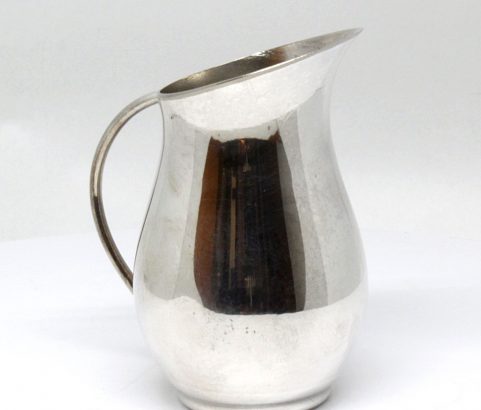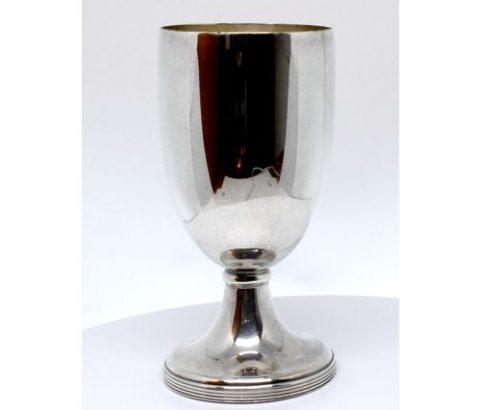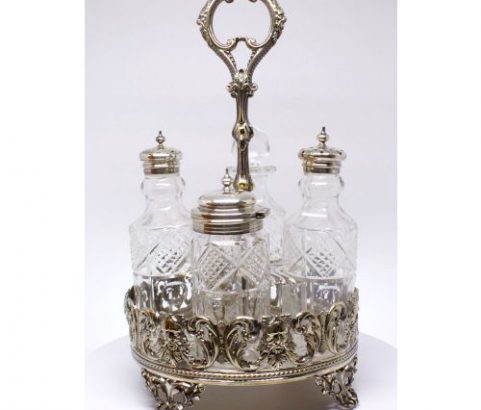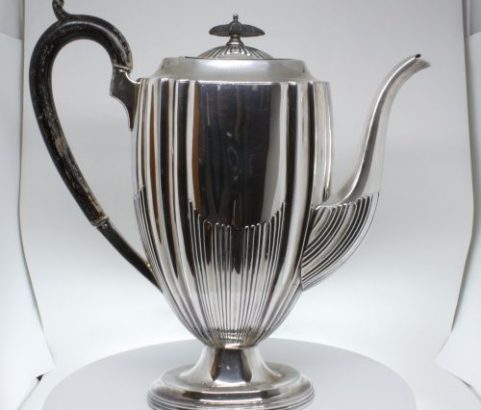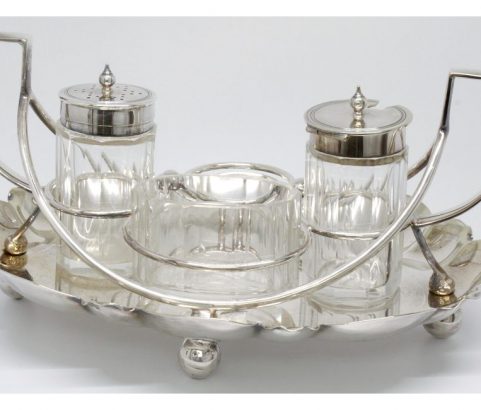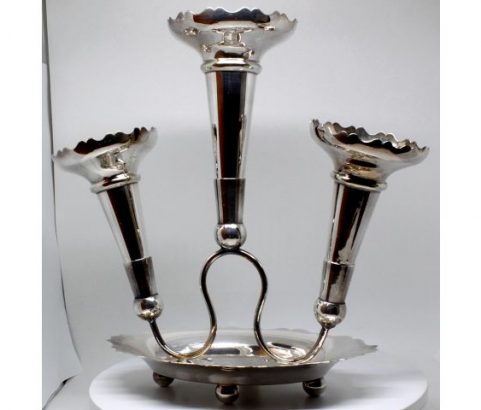Exploring the Charm of Old Sheffield: A Delve into the History of Silversmithing
Old Sheffield represents a fascinating chapter in the history of silversmithing, a time when skilled craftsmanship combined with creativity to create functional and fascinating works of art. This distinctive style emerged in the 18th century in the city of Sheffield, England, and heralded a period of innovation in the production of metalware.
One of the most iconic features of Old Sheffield is the use of the ‘foil plating’ process, which allowed the craftsmen to create objects that appeared to be solid silver throughout, but were in fact made with a cheaper metal core. This technique made objects accessible to a wider range of people, contributing to its popularity.
Among the most famous creations of the era are the luxurious tableware, decorative trays, elaborate teapots and elegant candlesticks. This material is distinguished by its detailed design and exceptional quality craftsmanship, with intricate engravings and ornamental motifs reflecting the style of the era.
This art form has been largely responsible for the growth of Sheffield’s manufacturing industry, transforming the city into a renowned center for silverware.
Today, Old Sheffield objects are coveted by both collectors and interior design enthusiasts for their timeless beauty and historic value. These pieces remind us of a time when the art of silversmithing reached its zenith, and they continue to inspire and fascinate those who seek connections to the past through human creativity.
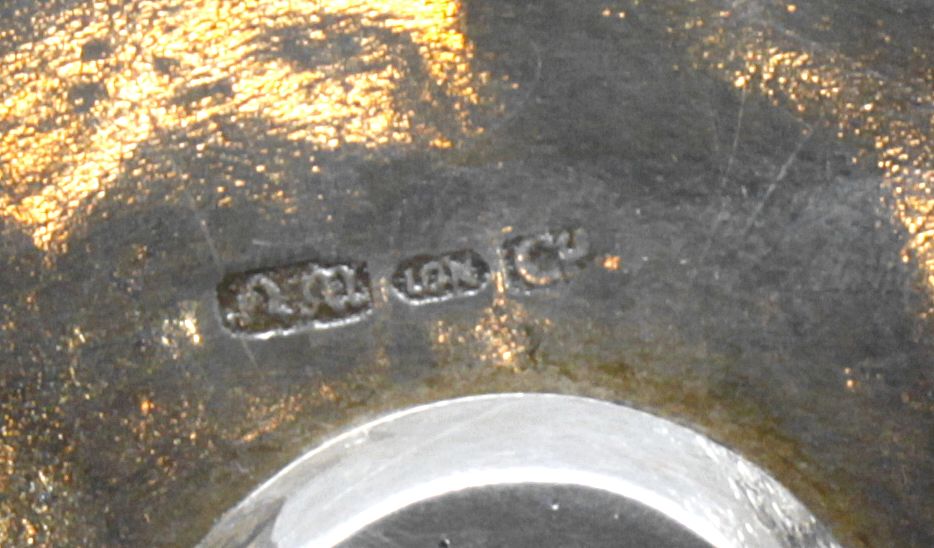
It is important to note that hallmarks on Old Sheffield silverware can be highly variable and sometimes difficult to interpret. Due to the lack of standardization and the handcrafted nature of the pieces, finding and interpreting the hallmarks can be a challenge, but also an intriguing opportunity to discover the story behind these unique pieces.
Evolution after 1850
From the middle of the 19th century, with the discovery of the battery by Alessandro Volta and the studies of Luigi Galvani, there was the advent of the galvanic bath which led to the abandonment of the Old Sheffield processing for the advent of electrolysis plating. The objects were first made in copper and then covered with silver on the outside.
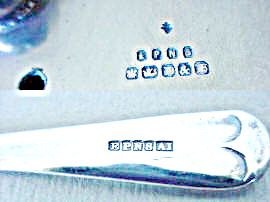
In the second half of the 19th century, new materials were introduced such as ground, pewter and brass, which were then silvered. These objects were called or punched Sheffield and with the initials EPNS or EPMB. Both abbreviations indicate that the item in question is not made entirely of solid silver, but rather is plated with a thin layer of silver to give the aesthetic look of silver without the cost associated with the precious metal.
- EPNS: EPNS stands for “ElectroPlated Nickel Silver”, which in Italian means “Electrochemically Plated Nickel Silver”. It is a type of plating in which a thin layer of silver is electrochemically applied to a base metal known as “nickel silver”, which is an alloy of nickel, copper and zinc. Electrochemically plated silver provided a similar look to solid silver at a lower cost, making items more affordable. EPNS plated silver became especially popular in the Victorian era and early 20th century
- EPMB: EPMB stands for “ElectroPlated Metal Base”, which in Italian means “Electrochemically Plated Metal Base”. This term is similar to EPNS, but does not specify the exact composition of the base alloy. Essentially, it indicates that the object is made with a base metal (which could be variable, such as brass or some other alloy) and then electrochemically plated with a thin layer of precious metal, such as silver.

